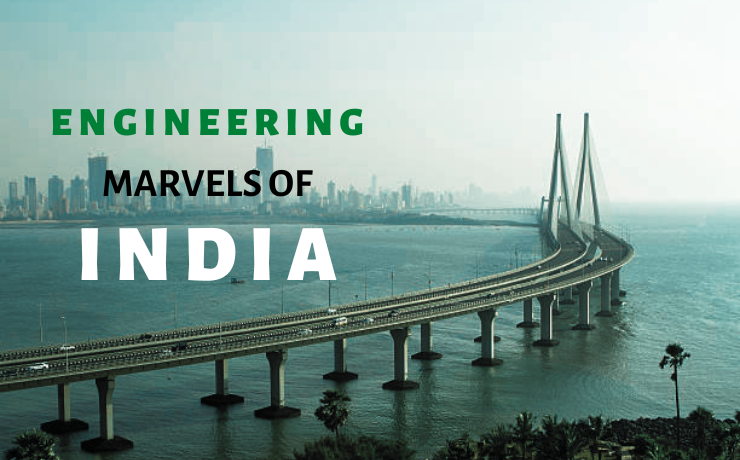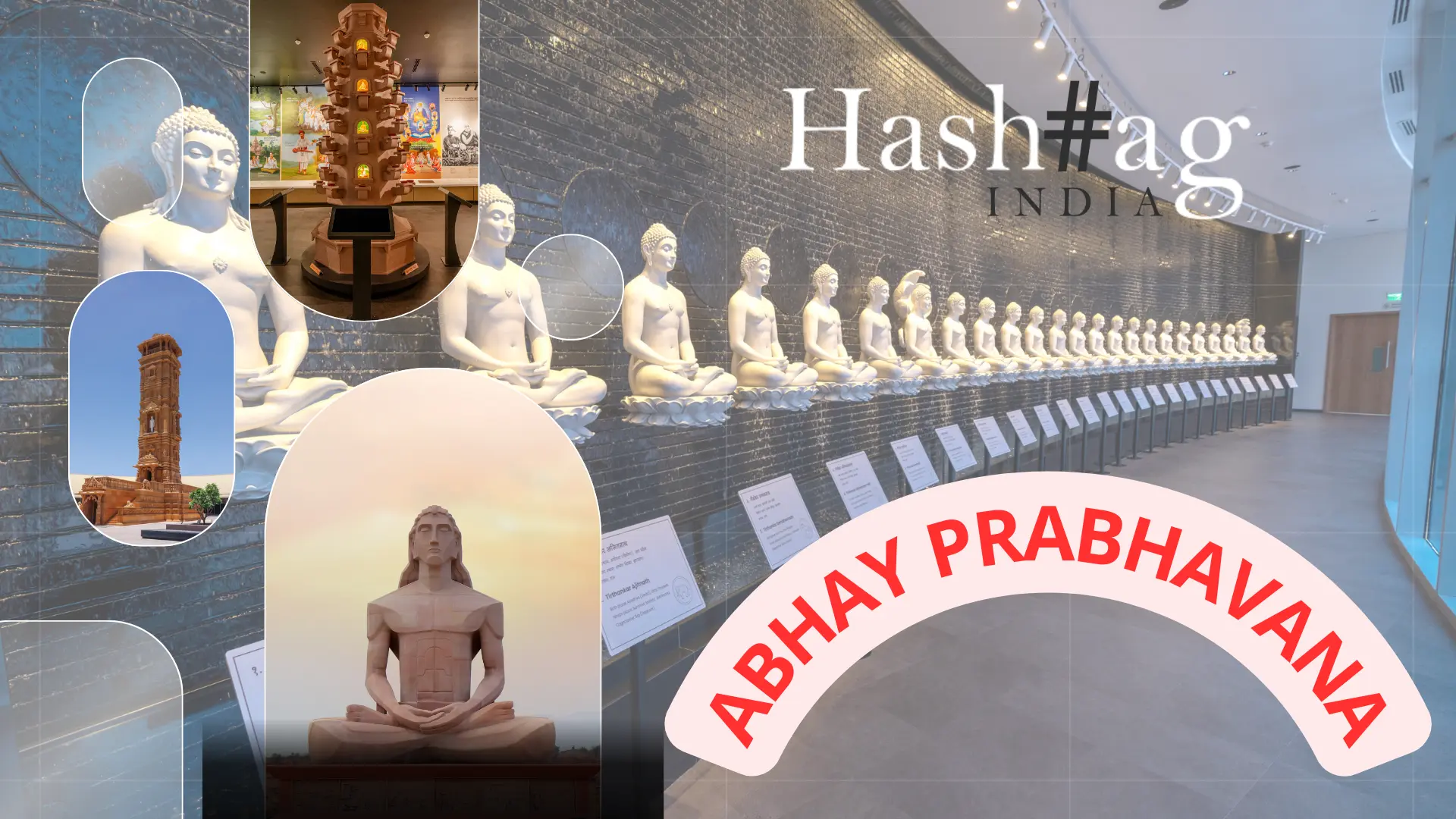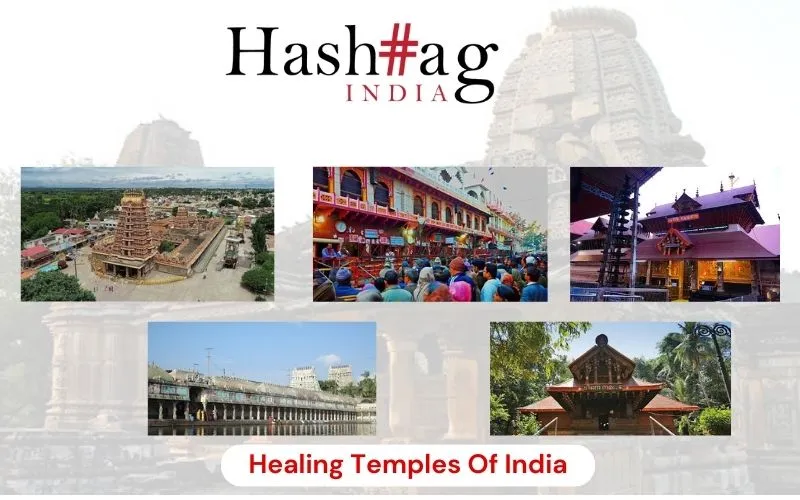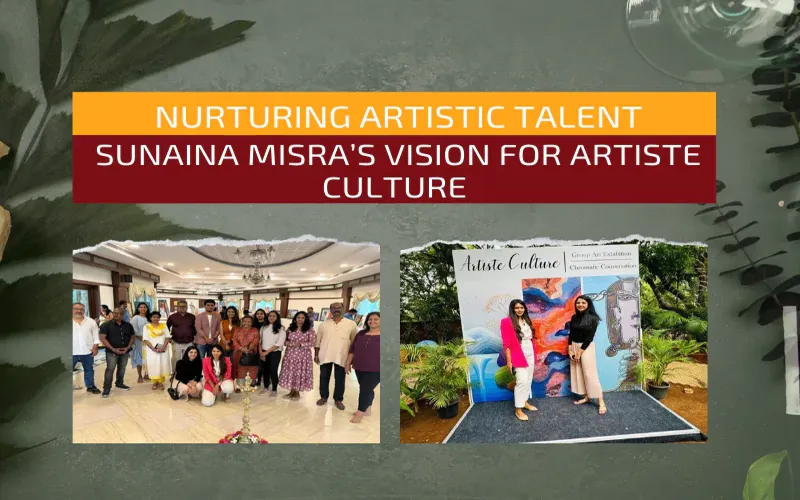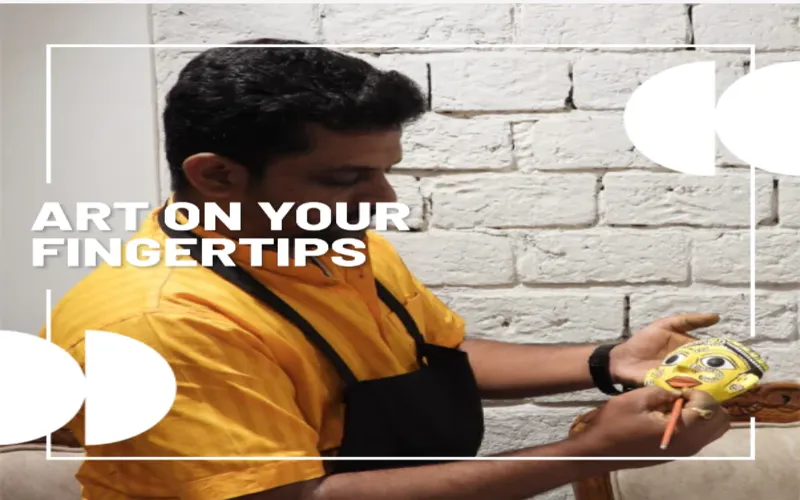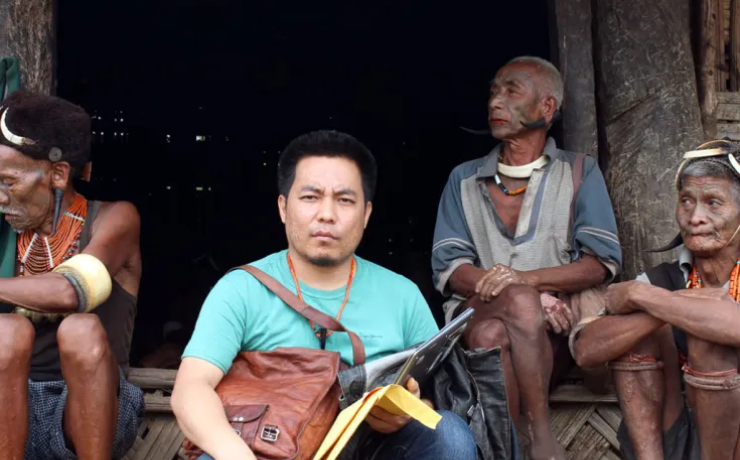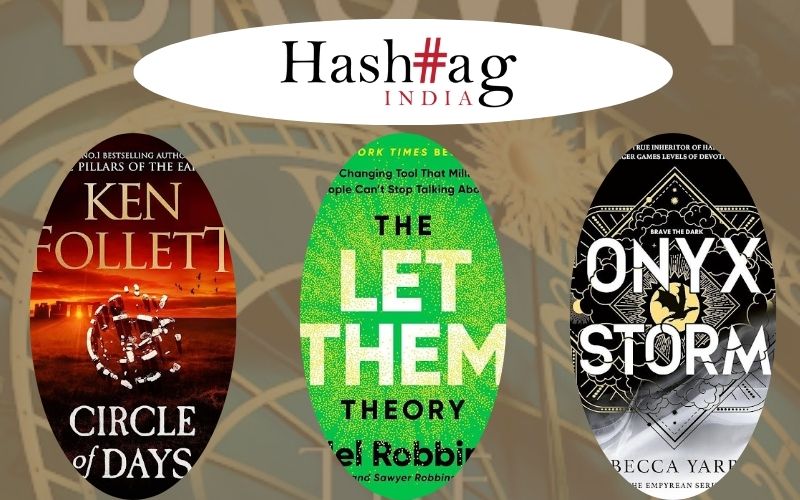India is a land of magnificent architecture, rich heritage, and cultural diversity. From historical monuments to cable bridges, many astounding engineered structures in India defined modern engineering at its best. While the ancient structures stand tall to date, modern engineers have managed to erect some spectacular engineering marvels in recent times. To pay tribute to the engineers on this Engineers’ Day we have listed out exceptionally grand engineering constructions of India.
- Pamban Bridge, Tamil Nadu
The new Pamban Bridge in Tamil Nadu is the country’s first vertical lift railway sea bridge in India. The bridge will link the island of Rameswaram to the mainland. The new Pamban Bridge built with modern technology has replaced the 104-year-old structure. The new bridge is almost 2.07 km long. The middle portion of the bridge is lifted to allow ships to pass through.

- Statue Of Unity, Gujarat
The Statue Of Unity is one of India’s popular modern engineering marvels. It is the world’s largest statue that testifies to the life of Sardar Vallabhai Patel who played a major role in the nation’s unity and statesmanship. The Statue showcases Vallabhai Patel’s vision of unity, patriotism, and growth. The Statue of Unity stands at a height of 182 metres, and the construction began in 2013 by L&T with an investment of Rs 2,700 crores. The statue was inaugurated by the Prime Minister of India, Narendra Modi on 31st October 2018.

- Bandra-Worli Sea Link, Mumbai
Bandra-Worli Sea Link is an Eight lane bridge that connects Bandra in the western suburbs of Mumbai with Worli in South Mumbai. All eight lanes of the bridge were opened in 2010. The Bridge was designed with Cable and it is the first infrastructure project in Mumbai which used Seismic arrestors. With the help of these arrestors, the bridge can tackle earthquakes that measure up to 7 on the Richter Scale. The Bridge is named after Rajiv Gandhi. The Sea Link reduces the travel time between Bandra to Worli to 10 minutes.

- Atal Tunnel, Himachal Pradesh
Atal Tunnel also known as Rohtang Tunnel named after former Prime Minister of India Atal Bihari Vajpayee is a highway tunnel at a length of 9.02 km. It is the longest highway single tube tunnel standing at a height of 10,000 feet that took 10 years to construct. The tunnel connects Manali to Lahaul Spiti Valley throughout the year. The estimated cost of the tunnel is Rs 3,300 crores, and safety measures are taken because the tunnel stands at a high altitude. There are fire hydrants, and CCTV Cameras to monitor emergencies and there are also pollution sensors that monitor the air quality in the tunnel.

- Matrimandir, Auroville
Matrimandir in Auroville is a place of spiritual significance. It is called the soul of the city and the temple doesn’t belong to any particular religion or section. This beautiful structure took 37 years to build, and there is ample open space in the temple called peace where people come and just sit silently.
The inner chamber contains the largest optically designed glass globe in the world, and beautiful lush gardens surround the temple. The peace chamber is open to the public but they have to take appointments for spending time. The structure of Matrimandir is supported by four main pillars that are Maheshwari, Mahakali, Mahalakshmi, and Mahasaraswathi.

- Dhola Sadiya Bridge, Assam
Dhola Sadiya Bridge popularly known as Bhupen Hazarika Setu is a beam bridge connecting the states of Assam and Arunachal Pradesh. It is the longest river bridge in the nation over water. The 9.15 km long bridge spans the Lohit River. The bridge was constructed by Navayuga Engineering company and it took six years to finish this massive project. The bridge is designed to handle the weight of 60-ton tanks.

- Pir Panjal Railway Tunnel, Kashmir
The Pir Panjal Railway Tunnel is an 11 kms long railway tunnel located in the Pir Panjal Range of the middle Himalayas. It takes approximately 9 minutes for the train to cross the tunnel. Pir Panjal Tunnel is the second largest railway tunnel on the continent, and it connects the Bichelri Valley of Banihal with Qazikund in Kashmir.
The construction of the tunnel began in 2005 and finished in 2013. There are safety measures included in the tunnel like ventilation, firefighting, and safety monitoring.

- Durgam Cheruvu Cable Bridge, Hyderabad
Durgam Cheruvu has been a major tourist attraction since its opening day. Durgam Cheruvu Cable Bridge in Hyderabad connects Jubilee Hills with Madhapur across Durgam Cheruvu. Each Pillar has 13 cables on each side and the total length of the bridge is 764 feet. The bridge opened on September 25th, 2020. Before the construction of the bridge, it used to take 40-60 minutes, now it takes only 10 minutes to reach Madhapur.

Conclusion: These are some of the popular engineering marvels of India. Other popular engineering marvels of India are Bahai Lotus Temple in Delhi, I-Flex Solutions in Bengaluru, and Infosys in Pune. Witness the amazing engineering work of these beautiful structures which stand out in terms of technology and grandeur.

